An exotic triradical aluminium complex is the first of its kind to be isolated and characterised. Containing three ‘redox non-innocent’ dithiolene ligands stabilised in radical form, the new species exists in an unusual quartet ground state and could have implications for the design of superconducting and single-molecule magnetic materials.
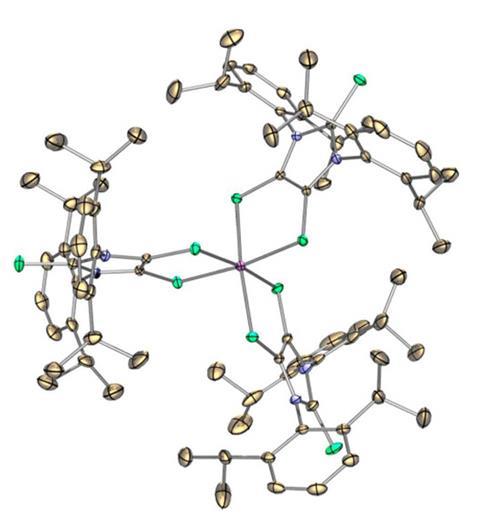
1,2-dithiolene complexes have attracted widespread interest over the last 60 years thanks to their versatile optical, magnetic and conductive properties. The ligand itself can alter its oxidation state between dianion, radical monoanion and neutral forms, facilitating easy redox changes with the metal centre. This motif is particularly prevalent in metalloenzymes but the variable spin states and flexible redox properties also make these complexes of interest in quantum computing as molecular qubits and in the development of superconducting materials. However, while many different metal dithiolene complexes have been studied, examples of the ligand in radical form are scarce as the metal centre favours interactions with the dianionic form.
Now, a team led by Gregory Robinson at the University of Georgia, US has developed a way to stabilise the radical form during synthesis, preparing the first ever tris(dithiolene) triradical species around an aluminium metal centre. Using a method previously developed in the group, the team first generated a lithium dithiolene monoradical via sulfonation of an appropriate N-heterocyclic dicarbene. A straightforward ligand exchange reaction with aluminium triiodide at low temperature then yielded aluminium tris(dithiolene) as striking dark-blue crystals, without converting the radical ligands to the dianionic form.
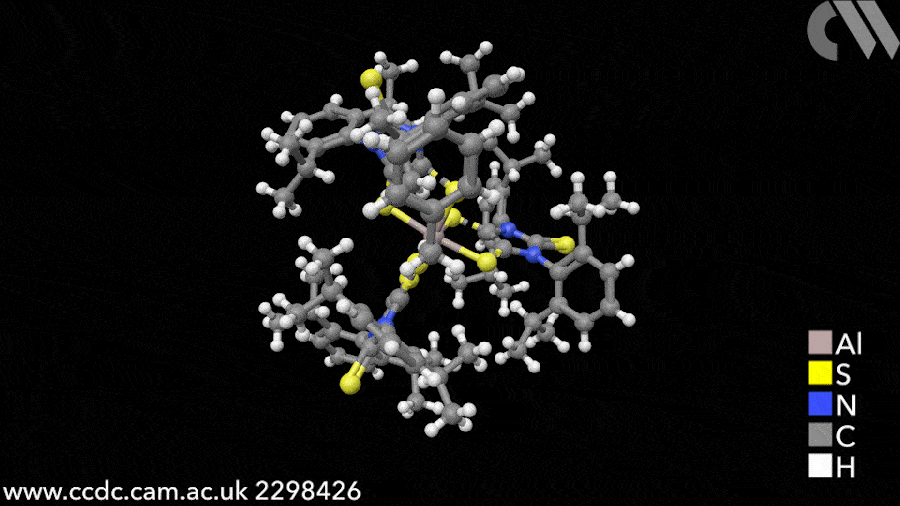
Crucially, the starting carbene and, therefore, the final dithiolene ligand contained two bulky 2,6-diisopropylphenyl groups which James Donahue, a synthetic inorganic chemist at Tulane University in the US, suggests could be instrumental to the success of the triradical synthesis. ‘I think it is likely that the steric bulkiness to the ligand is critical to lending it enough stability to be characterised,’ he explains. ‘The choice of a main group element is also key to the quartet ground state since there are no empty d orbitals with which the ligand radicals can overlap and thereby interact with one another more strongly and lead to spin pairing.’
With the isolated complex in hand, the team conducted thorough characterisation studies. X-ray analysis revealed the compound forms as a pair of enantiomers, while both the triradical structure and the quartet ground state of the complex were confirmed by electron paramagnetic resonance and Squid magnetometry experiments.
‘The most intriguing property of the compound is its unusual quartet ground state – not just for theoretical reasons but also for the very practical goal of making single-molecule magnetic materials,’ says Donahue. ‘Although it is not “robust” in the sense that it will find practical application itself (the compound reported is very sensitive to oxygen and is thermally sensitive as well), it invites new thinking about the possibilities for making other compounds that support unusual spin states.’
References
PM Tran et al, J. Am. Chem. Soc., 2024, DOI: 10.1021/jacs.4c05631


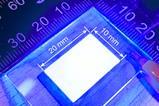
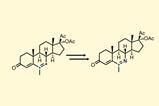
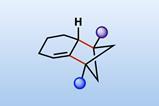

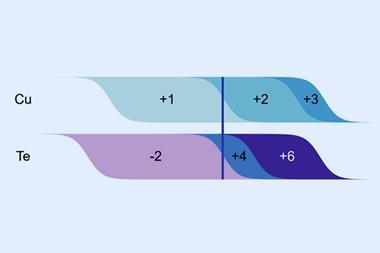
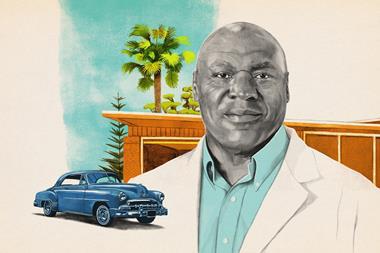









No comments yet